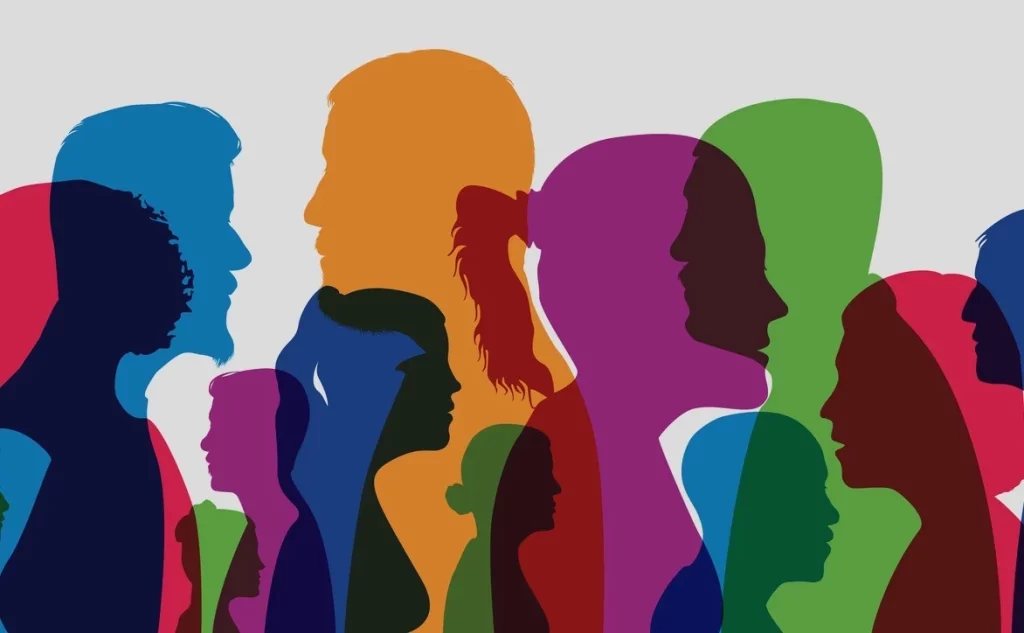The internet, once a quaint space for cat videos and email, has morphed into a sprawling, hyper-real landscape where “influencers” reign. These digital celebrities, armed with curated aesthetics and persuasive personas, wield immense power over consumer trends and cultural narratives. But what happens when the carefully constructed facade cracks? When the pursuit of engagement and virality leads to “influencers gone wild”?
The term itself evokes a sense of chaos, a breaking of the rules. It often involves public scandals, controversial statements, or behavior deemed inappropriate by their audience. These moments, while damaging to an influencer’s brand, offer a fascinating glimpse into the complex dynamics of online fame and the blurred lines between authenticity and performance.
The Anatomy of a Digital Meltdown:
Several factors contribute to these online implosions. The pressure to constantly create engaging content can lead to increasingly desperate measures. The algorithm rewards shock value, and the desire to stay relevant can push influencers into risky territory. This might manifest as insensitive jokes, poorly thought-out social commentary, or outright offensive behavior.
Furthermore, the illusion of intimacy fostered by social media can create a false sense of security. Influencers, accustomed to sharing intimate details of their lives, may forget the vastness of their audience and the potential consequences of their actions. A seemingly harmless off-the-cuff remark can quickly spiral into a full-blown PR disaster.
The Fallout and the Lessons Learned:
The aftermath of an “influencer gone wild” moment is often swift and brutal. Brand deals evaporate, follower counts plummet, and public opinion turns sharply negative. The internet, a fickle beast, is quick to condemn those who stray from its ever-shifting moral compass.
However, these scandals also serve as valuable learning experiences, both for influencers and their audiences. For influencers, it’s a stark reminder of the importance of accountability and the need to cultivate genuine connections with their followers. For audiences, it’s a chance to critically examine the curated realities presented on social media and to question the influence they wield.
Navigating the Wild West of Online Influence:
In a world where online personas are meticulously crafted and easily manipulated, it’s crucial to approach influencer content with a healthy dose of skepticism. Here are some key takeaways:
Authenticity is a spectrum, not a binary: Recognize that even the most “authentic” influencers are presenting a carefully curated version of themselves.
Context matters: Understand that online content is often stripped of nuance and context. Avoid jumping to conclusions based on snippets or out-of-context clips.
Accountability is essential: Hold influencers accountable for their actions and words. Demand transparency and genuine apologies when mistakes are made.
Cultivate critical thinking: Question the narratives presented by influencers and form your own opinions. Don’t blindly follow trends or endorse products without doing your own research.
Remember the human behind the screen: While holding people accountable is important, remember that influencers are also human beings who make mistakes. Online hate and harassment are never justified.
The “influencers gone wild” phenomenon is a symptom of the increasingly complex relationship between online fame and real-world consequences. By understanding the dynamics at play, we can navigate this digital landscape with greater awareness and critical thinking. The constant flow of information and entertainment offered by influencers is a great tool, but should be treated as such.







